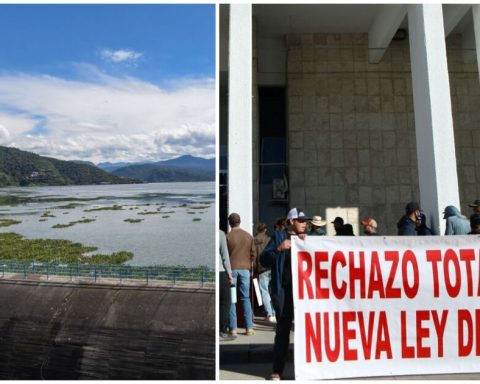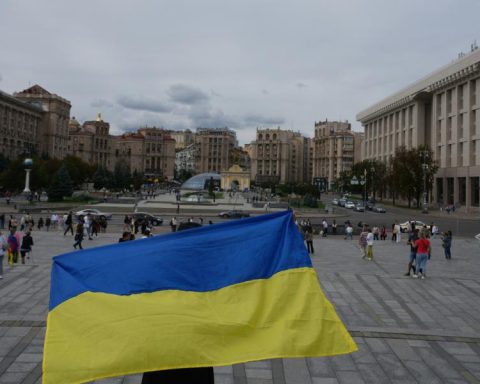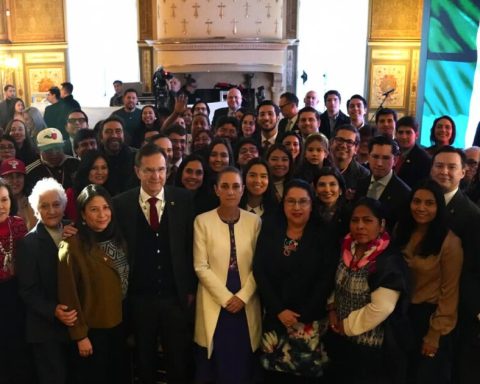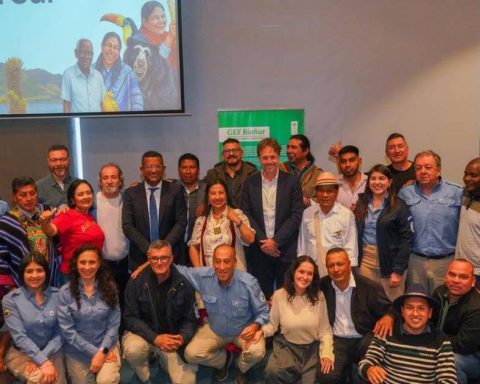The social networks in which we now move are our new space for communication and socialization. A space for social dialogue integrated with messages with various multimedia elements (music, video, images).
In this ecosystem, brands and companies have developed a large part of their marketing strategies, digital advertising and their new business channels.
A scenario that already points to the development of a web 3.0 determined by the big datathe semantic weband artificial intelligence.
On January 24, 2022 Mark Zuckerberg announced in a Facebook post which premiered the most powerful supercomputer in the world, operated by artificial intelligence. A project that seeks, among other things, to optimize its metaverse proposal.
Two other large technology companies have announced their economic moves to position themselves as builders of the metaverse. On January 18, Microsoft announced the purchase of the video game designer company Activision Blizzard (Call of Duty, Skylanders…) for $68.7 billion. Two weeks later Sony has counterattacked buying for 3.6 billion dollars the studio Bungie (Halo, Destiny).
This idea of metaverseunderstood as a set of virtual environments that serve as a recreational, social and productive digital extension, and in which people experience corporeity, interactivity and persistence.
In other words, it is an evolution of the internet and digital spaces for communication and socialization.
Profit trading in the metaverse?
The current proposals of the metaverse are playful or socializing experiences. In many cases, they are games of open mode that promote real-time communication between players and business through the sale of items.
However, brands and companies have been attentive and in many cases have wanted to anticipate other possible scenarios.
On the one hand, for three years we have seen how different artists reinforced their personal brand through concerts in Fortnite. And on the other hand, some brands developed experiences in animal crossing new horizon or Roblox.
This is not new. Already in 2003 many companies sought to reproduce in Second Life real-life advertising and infrastructure. But then the internet was slow, had less global penetration, and digital literacy was in its infancy.
Now, the confinements due to covid-19, the development of blockchainadvances in virtual reality and mobile technologies have changed the environment.
We are all much more digital. Hyperconnected and multiscreen audiences are concentrated between millennials and generation Z. And the new Alpha generation, boys of 11 years, socialize and interact through Minecraft, Fortnite, Roblox or similar. And, in addition, they normally use smart speakers and consume information in streaming.
Virtual products for real users
Big clothing brands like Zara and H&M, and luxury firms like Balenciaga, have opted to design for virtual avatars in different spaces of the metaverse. They are clear that also in the virtual world people want to differentiate themselves as they do in real life.
However, not everything is so simple. Epic Games has been accused of encourage consumerism for avatars in fortnite. And this has caused episodes of frustration, exclusion or bullying among very young boys faced with the impossibility of “not being fashionable or following the trend”.
Similarly, more and more people are starting to congregate in the metaverse, just like in real cities. Users participating in live events, holding breakout sessions, and conducting business using virtual currencies and digital assets, such as NFTs.
And this is the reason why these virtual places are a great space of attention. Thus, a vibrant and dynamic market for virtual plots has emerged, where there is also speculation and some have warned that it may be producing a bubble whose consequences are still unknown. Meanwhile, Adidas has already taken over land in The Sandbox.
music and metaverse
Warner Music has also acquired a considerable extension of virtual land in The Sandbox to organize musical events. The announcement of this operation revalued the cryptocurrency of that platform.
And it is that the music industry has begun to see a new field of action in the virtual sphere. Stageverse made its worldwide launch with a concert by the band Muse and Snoop Dog has announced a collection of avatars in The Sandbox.
But beware, this does not happen throughout the metaverse. It only happens in those decentralized platforms on blockchain. However, nothing prevents Meta or Epic Games from negotiating with brands and companies for specific spaces in their virtual proposals.
It is worth remembering that Vans and Nike already have their personalized experiences operational in Roblox: Vans World and Nikeland.
With an eye on the not too distant future
While artists and millionaires build and invest in private infrastructures in the metaverse, companies like Coke or Atari they have started to undertake loyalty actions through NFTs and cryptocurrencies.
The virtual environment has given the opportunity to create elements for personalizing avatars or digital content. But, in addition, it has given the opportunity to create some jobs adapted to the context: island landscaper, interior decorators in Animal Crossing or gardeners in Minecraft.
This last job, as well as that of avatar trainer, are contemplated in the innovation and employment plan of the Government of Spain for 2050 p. 302,
In the metaverse, business models that already exist in the real world can be applied. But its flexibility allows you to think of new opportunities or job opportunities.
Without forgetting the real world
Still a long way to go. Companies and brands should not only think about virtual infrastructures but also delve into their marketing strategies. attraction marketing and relationship marketing. The objective is to be able to fully exploit the socialization capacities offered by these scenarios.
While this is happening, in the metaverse there is also a growing demand in the analog plane for specialists in programming, 3D design and virtual reality. And all this with the purpose of giving life to the virtual plane that is still under construction.
Pavel Sidorenko BautistaProfessor and researcher at the Faculty of Business and Communication, UNIR – International University of La Rioja Y Jose Maria Herranz de la CasaAssociate Professor of Journalism, Castilla-La Mancha university
This article was originally published on The Conversation. read the original.
















